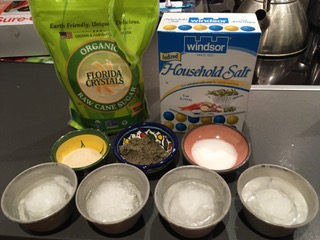Pinpointing Advantageous Attributes of Various Soil-Based Electricity Generators
By Keisha Liu
Intermediate Category (Grades 9-10)
Experiment | Energy and Natural Resources
This project collects data to build a cost-effective environment-based electricity generator. For this project, multiple soil-based batteries are compared and contrasted to show their positive and negative attributes. In these experiments, it was discovered that the amount of electricity generated through soil depends on temperature, the amount, evaporation, and acidity of solutions placed inside the soil. However, these solutions are often harmful to plants if placed back into the ecosystem that it was from. As the pH of soil in nature is 6-7, the resulted pH of the liquid in the soil is extremely unhealthy to animals, insects, and greenery.

The gathered information in this report can be used to build a larger and more-efficient soil battery that will be extremely beneficial in third-world countries like Sierra Leone, and South Sudan. South Sudan has the worst percentage, per capita of electricity-lacking people in the world. Electricity is considered a luxury in this country, unlike the copious amounts of energy that is available to those in first-world countries. In South Sudan, only 4.5% of the population have access to a power grid, as of 2014. In war-torn Sierra Leone, the percentage of those with electricity decreased from 18% in 1990 to 13% in 2014. A large area of Central Africa encounters a similar situation to Sierra Leone.
These countries lack energy, and because of their geographical locations and climate, it is difficult to use natural resources like rivers and wind to generate electricity; the money to build these turbines is also unavailable to these places. This project shows how it is possible to create energy inexpensively when the right materials are used, and directly from soil that is available on land across the globe.




